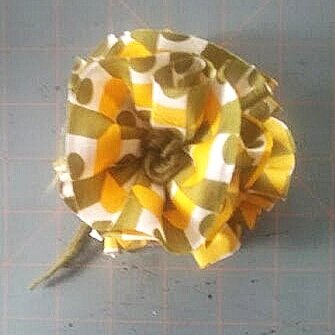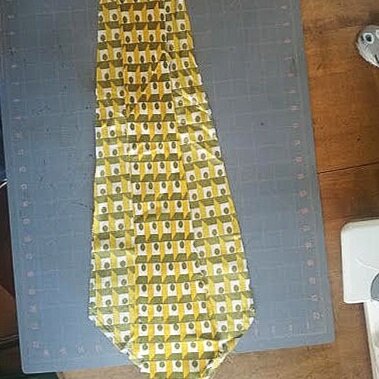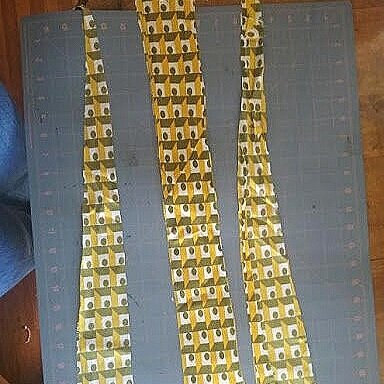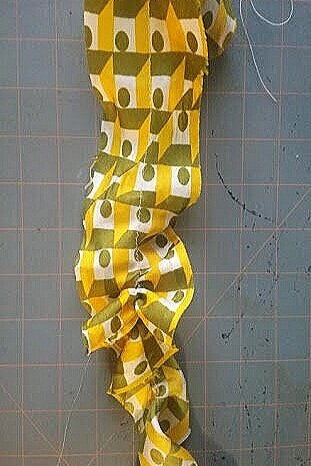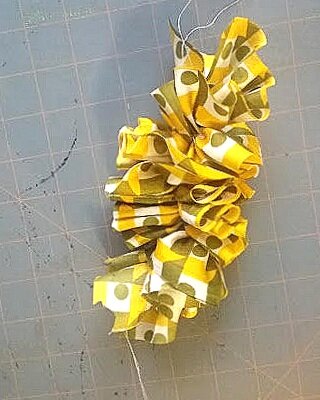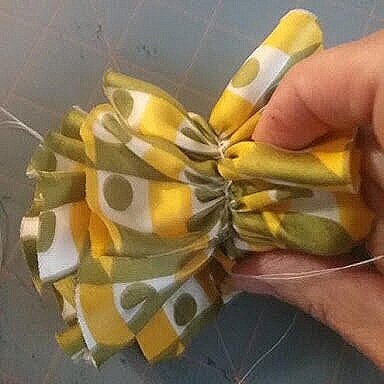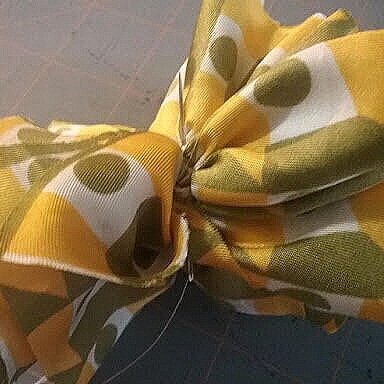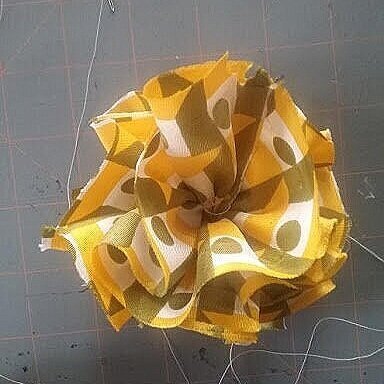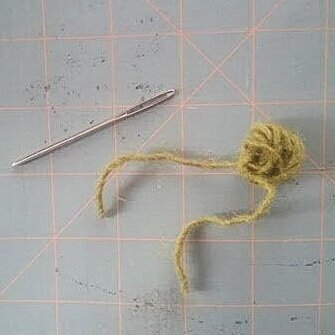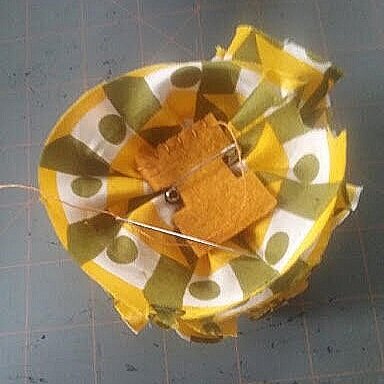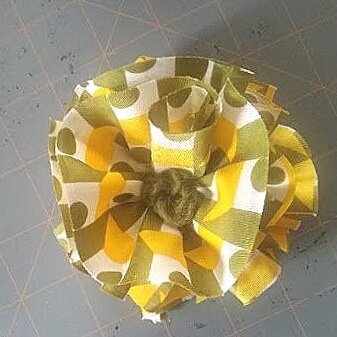If your thread gets stuck on the spool. There could be a burr in the top that’s grabbing the thread as it gets pulled off the spool. This can cause the thread to snap or the machine to stop sewing.
Take a piece of sand paper or an emery board and sand it away.
Then continue as you were with your sewing project!
Want more tips or have one to share? Send us an email!







